Running condensate drain line on goodman furnace
Charles Lee
4 years ago
Featured Answer
Sort by:Oldest
Comments (49)
Elmer J Fudd
4 years agolast modified: 4 years agoCharles Lee
4 years agoRelated Discussions
New Trane Condensing Furnace -- Draining Problem
Comments (7)An old AC man. This has been an old problem I see, but for anyone that might hit this sight I offer the following. From the picture the drain from the furnace condenser (high efficiency furnace) at the top drops down to the drain hole. BUT, just before the drain hole is the drain from the bottom of the furnace which must be a drain for coils or what ever. The furnace fan is pulling a negative pressure on this drain pipe and pulls water into the bottom of the unit. I assume it is leaking out of the lower portion of the unit onto the floor. I do not think the flow is too much for the drain. A portion of the drain water is being sucked into this lower section and then is draining out of the lower section onto the floor The solution is to break the two drain pipes apart and have each drain drop into the floor drain. I think this will solve the problem. No condensate pump is required....See MoreNew A/C to pair with an almost-new Goodman furnace?
Comments (8)I've had a couple (I think reputable) HVAC contractors out to quote the replacement. So far, none of them have measured any rooms or windows, asked about or verified existing insulation, or counted registers. They did look at the overall size of the house and percentage of basement vs. crawl space. With the most recent one, I specifically mentioned that one room is particularly warm (we have only been in the house during cooling season, so I'm not sure how it performs in heating season). He suggested insulating the ducts (they are currently un-insulated through a crawl space) but did not suggest verifying CFM to that room. Surprise, surprise, the quotes have been coming back the same size as the existing unit (4 ton) or 1/2 ton smaller. Should I be expecting a more thorough analysis before receiving a recommendation and quote? I asked the last guy about this and he said they "guaranteed" the correct size. If we needed bigger or smaller after install they would change it out at no charge. I'd rather know it was sized correctly and just install the correct thing the first time. Any advice would be appreciated. Thanks in advance!...See MoreCondensate Drain Line Help
Comments (6)As recommended by our Carrier HVAC technician, we flush our condensate line twice a year with a bleach/water solution to clear the line of build-up mold/mildew. You simply could not flush your line with this set up. it's absolutely ridiculous. That line should be routed to the exterior and drain in your lawn or backyard. It's criminal that he is trying to pass this off as normal....See MoreIssue with Goodman Condenser Unit
Comments (21)Another company told me that the design of the Goodman coils has an issue that Goodman is fixing. hopefully I will explain it right, the coils are very tiny and it causes a build up of back pressure when you fill the unit which can cause a leak. Hi Lisa, Refrigerant leaks are not due to a back up of pressure, if there were a back up of pressure the compressor terminal plug is designed to blow first. Goodman manufacturing has been manufacturing coils in which the copper tubes that go thru the coil are very tiny for quite awhile now. This feature or design has a few benefits, it aids in heat expulsion and it reduces cost (amount of expensive metal to build the coil with). It also reduces the amount of refrigerant needed to charge the system with. However this coil design has a few disadvantages... the coil isn't as strong as the older coils made 15 or so years ago. Rough handling, improper handling, improper installation practices and maintenance service procedures can cause coils to leak. I've installed many Goodman condensers to numerous to give an accurate count, I've also rebuilt a few. They aren't bad units if you know what you're doing and you know what NOT to do. I don't use subs, installers or technicians to do ANY service or installation work. Because I am a hands on guy (licensed HVAC contractor) I know what was done, when it was done, how it was done and where it was done. Very little guess work doing things this way. Some people may not want to give one person this much control. So I guess you could say there is some hindrance to my madness of methods. I fix air conditioners, it's what I do. People, not so much. It's not a perfect science. The units I work on, install, repair aren't any more blessed in that they never break. So you have to be realistic. I can and do reduce the break down risk. This is a service business, you will always need service regardless. With that said, there can also be an occasional blemish from the factory. But it's so rare for me that it's of no real concern. Clearly you are far, far beyond the occasional rare blemish from the factory. Your service provider is likely not doing things right IMHO. Another thing looking at the picture you posted they can't blame the lawn mower guy hitting the unit. The coils are fragile. I remember back in the day going to AC condensers that had dents and dings from the lawn mower hitting them. You can't get away with that kind of abuse today. These coils are fragile. Every brand out there can have this problem to one degree or another. No brand is immune to this problem. I service the Katy, Texas area....See MoreElmer J Fudd
4 years agoCharles Lee
4 years agoweedmeister
4 years agoCharles Lee
4 years agosktn77a
4 years agolast modified: 4 years agoAustin Air Companie
4 years agolast modified: 4 years agoCharles Lee
4 years agoCharles Lee
4 years agoAustin Air Companie
4 years agolast modified: 4 years agomike_home
4 years agoAustin Air Companie
4 years agoStax
4 years agolast modified: 4 years agoAustin Air Companie
4 years agoElmer J Fudd
4 years agomike_home
4 years agoElmer J Fudd
4 years agolast modified: 4 years agosktn77a
4 years agoElmer J Fudd
4 years agolast modified: 4 years agoAustin Air Companie
4 years agolast modified: 4 years agoAustin Air Companie
4 years agomike_home
4 years agoAustin Air Companie
4 years agolast modified: 4 years agomike_home
4 years agolast modified: 4 years agoElmer J Fudd
4 years agokevinande
4 years agoElmer J Fudd
4 years agolast modified: 4 years agokevinande
4 years agoAustin Air Companie
4 years agoAustin Air Companie
4 years agolast modified: 4 years agoAustin Air Companie
4 years agomike_home
4 years agoAustin Air Companie
4 years agolast modified: 4 years agomike_home
4 years agoAustin Air Companie
4 years agoAustin Air Companie
4 years agolast modified: 4 years agomike_home
4 years agolast modified: 4 years agoElmer J Fudd
4 years agolast modified: 4 years agoAustin Air Companie
4 years agomike_home
4 years agoElmer J Fudd
4 years agolast modified: 4 years agoAustin Air Companie
4 years agoAustin Air Companie
4 years agoElmer J Fudd
4 years agoAustin Air Companie
4 years ago
Related Stories
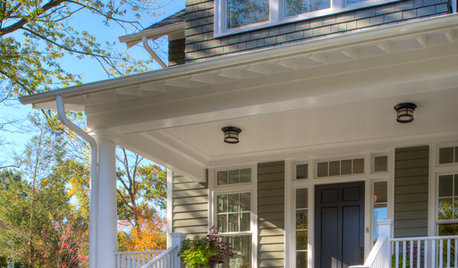
MONTHLY HOME CHECKLISTSOctober Checklist for a Smooth-Running Home
You're due for some winterizing, like clearing rain gutters and stowing swimsuits — but leave time for a fun project
Full Story
MONTHLY HOME CHECKLISTSDecember Checklist for a Smooth-Running Home
It's time to add weather stripping, plan for holiday home safety, consider backup heating, check your emergency kits and more
Full Story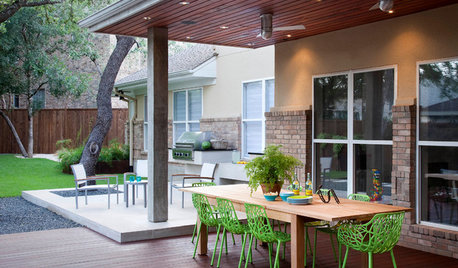
MONTHLY HOME CHECKLISTSYour April Checklist for a Smooth-Running Home
Shake off the winter blues and spring into action to get your home in the spirit of the new season
Full Story
LIFE6 Ways to Cool Off Without Air Conditioning
These methods can reduce temperatures in the home and save on energy bills
Full Story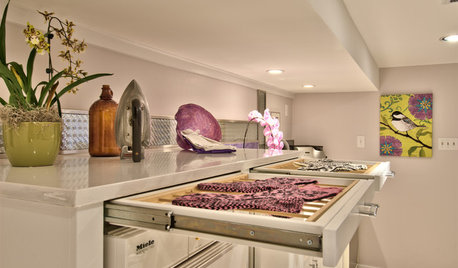
LAUNDRY ROOMSHouzz Call: How Do You Air-Dry Your Clothes in Winter?
Baby, it’s cold outside! Do you have a trick to line-dry clothing indoors? Please tell us about it
Full Story
DISASTER PREP & RECOVERYMore Power to You: How to Pick the Right Generator
If your home's electricity goes, don't let it take your necessities with it — keep systems running with this guide to backup power
Full Story
REMODELING GUIDES10 Things to Do Before the Renovation Begins
Prep and plan with this insight in hand to make your home remodeling project run more smoothly
Full Story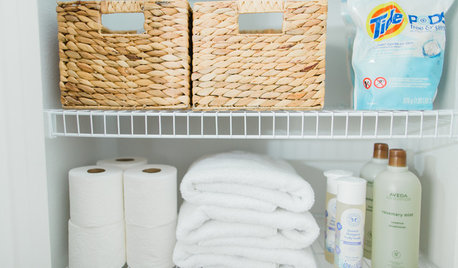
MOST POPULARGet Organized: Take a 10-Day Simplification Challenge
Organizational expert Emily Ley helps us get a jump-start on our New Year’s clear-outs
Full Story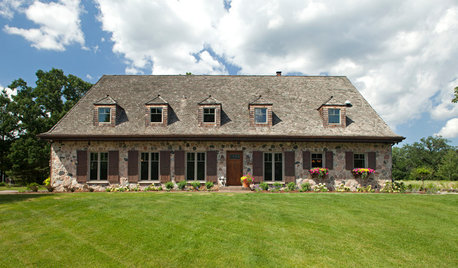
MOVINGWhat Those Home-Sale Disclosures Are Really Saying
Avoid costly surprises by knowing what’s included in a home seller’s disclosure, what’s not and what you can do if you suspect foul play
Full Story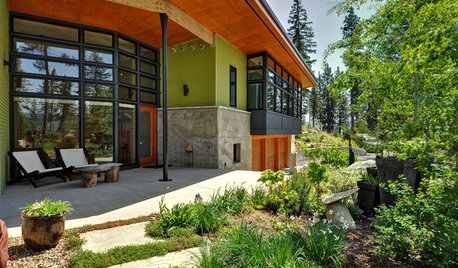
BUDGETING YOUR PROJECTConstruction Contracts: What Are General Conditions?
Here’s what you should know about these behind-the-scenes costs and why your contractor bills for them
Full Story


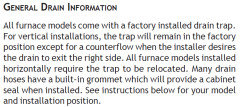




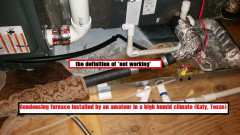

Austin Air Companie